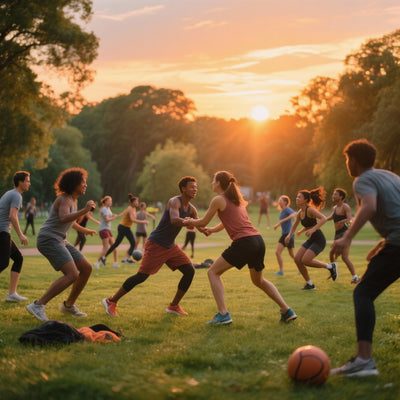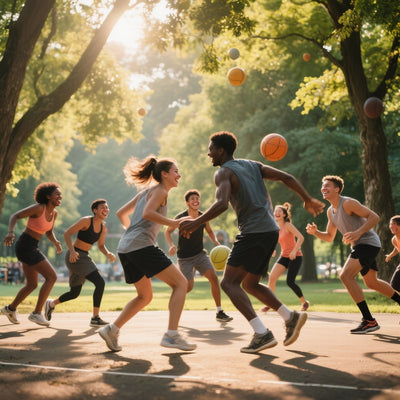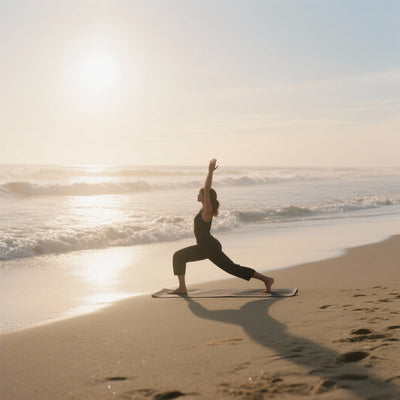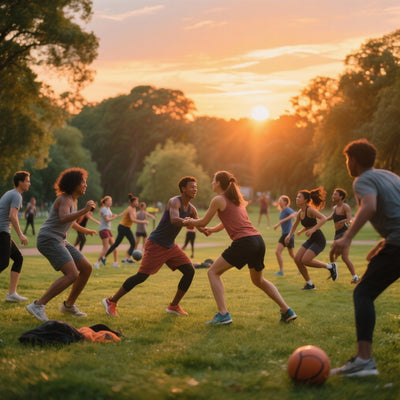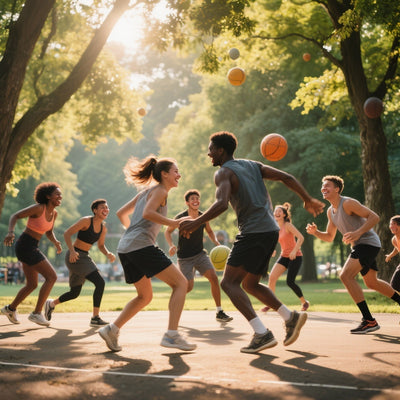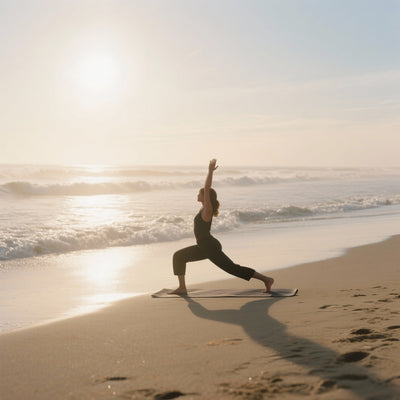Why stretching before exercise reduces your performance by 25%
By Dr. Lemaire, Expert in Sports Physiology
Have you always heard that you should stretch before exercising? It's a common misconception, but the science is clear: static stretching before exercise can actually decrease your performance by up to 25% . In this article, we'll explore why and give you more effective alternatives for an optimal warm-up. No more wasted time, let's focus on efficiency!
The Myth of Pre-Workout Stretching
For years, static stretching (holding a stretched position for a certain amount of time) was considered an essential part of warming up. It was thought to improve flexibility, prevent injuries, and optimize performance. Unfortunately, recent research has debunked this myth.
Science Proves the Opposite
Several studies have shown that static stretching before exercise can reduce muscle strength, power, and speed. A meta-analysis published in the Scandinavian Journal of Medicine & Science in Sports concluded that static stretching decreased muscle performance in nearly 80% of the studies analyzed. Understanding the physiological reasons is crucial for adopting a more informed approach.
Why do static stretches harm performance?
Here are some mechanisms that explain this counterproductive effect:
- Decreased neuromuscular excitability: Static stretching can reduce the nervous system's ability to activate muscles quickly and efficiently.
- Reducing muscle stiffness: A certain degree of muscle stiffness is necessary for force transmission. Static stretching can excessively reduce this stiffness, thus reducing power output.
- Altered sensitivity of muscle spindles: These sensory receptors play a crucial role in movement control. Static stretching can disrupt their function.
Detailed Physiological Explanation
When you stretch statically, you send a signal to your nervous system telling it to relax the muscle. This relaxation is beneficial for improving long-term flexibility, but it's detrimental before intense exertion. Imagine a rubber band: if it's too slack, it will have less force to contract quickly. Similarly, a muscle that's too relaxed will struggle to generate power.
Furthermore, static stretching can cause micro-tears in muscle fibers, which can also decrease strength and power. This is why it is essential to prioritize a dynamic warm-up.
Effective Alternatives: Dynamic Warm-up
Instead of passively stretching, opt for a dynamic warm-up. This involves performing controlled movements that engage the muscles and joints you will use during your sporting activity. Here are a few examples:
- Arm circles: To warm up the shoulders and arms.
- Walking lunges: To activate the leg and gluteal muscles.
- High knees: To prepare the thigh and hip muscles.
- Butt kicks: To stretch the quadriceps.
- Trunk rotations: To mobilize the spine and abdominal muscles.
Remember to adapt your dynamic warm-up to the activity you're going to do. If you're going for a run, focus on movements that work your legs. If you're going to do weight training, prepare the muscles you'll be working.
The Crucial Role of Specific Warm-up
After a dynamic warm-up, it's important to perform a specific warm-up. This involves carrying out movements similar to those of your sporting activity, but at a lower intensity. For example, if you're going to sprint, start by running at a moderate pace, then gradually increase your speed. If you're going to lift weights, begin with light sets before moving on to heavier loads.
Stretching After Exercise: A Recovery Ally
While static stretching is not recommended before exercise, it can be beneficial after a workout. It promotes muscle recovery, reduces tension, and improves long-term flexibility. Take the time to stretch gently after your session, holding each position for 20 to 30 seconds.
Conclusion: Adapt Your Routine to Optimize Your Performance
Forget static stretching before exercise and adopt a dynamic, targeted warm-up. You'll quickly notice improved performance and a reduced risk of injury. Remember that every body is different, so listen to your body and adapt your routine to your needs. Discover more tips to optimize your athletic preparation.

